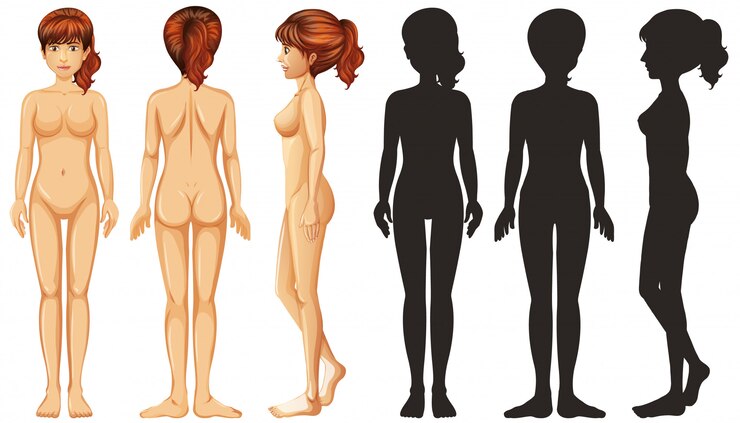In the world of anime, body transformations often go hand in hand with character development. These changes are not just physical; they symbolize growth, overcoming obstacles, and stepping into new power. Whether it’s a hero getting stronger or a villain going through a dramatic shift, anime body transformations are some of the most thrilling and iconic moments in any series. In this article, we explore some of the most legendary body transformations in anime, looking at what makes these moments so impactful and what they reveal about the characters who undergo them.
The Power of Anime Body Transformations
Transformations in anime are often tied to emotional and physical growth. Characters who start off weak, insecure, or misunderstood often experience dramatic changes in their appearance as they grow stronger and more confident. These transformations can be a visual representation of their inner strength, symbolizing the struggles they face and the battles they endure. From gaining muscle mass to transforming into entirely new beings, anime body changes are not only about aesthetics—they’re a representation of the character’s journey.
1. Goku’s Super Saiyan Transformation in Dragon Ball Z
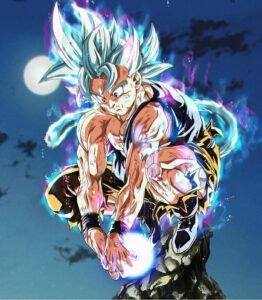
One of the most iconic anime body transformations in history is Goku’s transformation into a Super Saiyan. When Goku first ascends to this legendary state during his battle with Frieza, his appearance changes dramatically: his hair turns golden, his eyes become teal, and a powerful aura surrounds him. This transformation is a physical manifestation of Goku’s emotions, fueled by his anger and grief over the death of his friend Krillin.
The Super Saiyan transformation is a milestone not just for Goku but for the entire Dragon Ball series. It marks the beginning of a new era of power, where the stakes are raised, and battles become more intense. Goku’s anime body transformation represents his ability to surpass his limits and tap into new powers, setting the stage for future growth and even more powerful forms.
2. Naruto’s Journey to Sage Mode

Naruto Uzumaki’s journey from an outcast to a hero is filled with powerful anime body transformations. One of the most significant is his transformation into Sage Mode, a state where he combines natural energy with his own chakra to enhance his abilities. His appearance changes when he enters this mode, with his eyes gaining a distinctive marking, and his physical strength and sensory perception are heightened.
The Sage Mode transformation represents Naruto’s dedication to mastering new techniques and learning from those who came before him. It marks a pivotal moment in his growth as a ninja and as a person. By tapping into the power of nature itself, Naruto overcomes his earlier limitations and steps into a new realm of strength, proving that he is no longer the lonely, rejected boy he once was.
3. Luffy’s Gear Second in One Piece
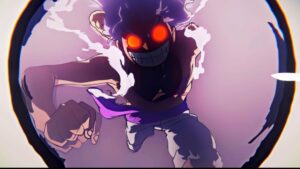
Monkey D. Luffy’s body transformation in One Piece is another prime example of an anime body change that signifies growth. When Luffy activates Gear Second, he enhances his physical abilities to superhuman levels, drastically increasing his speed and strength. His body becomes surrounded by steam, his muscles grow in size, and his overall appearance changes to reflect the immense power he is channeling.
Gear Second represents Luffy’s determination and his ability to push his body beyond its natural limits. This transformation is not only about gaining strength but about adapting and evolving to meet new challenges. It’s a critical moment in Luffy’s journey as a pirate, showing his unwavering commitment to becoming the Pirate King.
4. Edward Elric’s Philosopher’s Stone Transformation in Fullmetal Alchemist
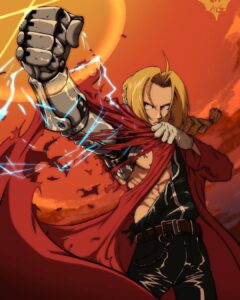
In Fullmetal Alchemist, Edward Elric’s anime body transformation isn’t as physically dramatic as some others, but it is equally impactful. When Edward uses the Philosopher’s Stone, he can momentarily transmute his body to enhance his alchemical abilities. In some cases, this transformation involves sacrificing parts of his own body to achieve greater power, particularly when he uses his arm or leg in alchemy to perform transmutations.
Edward’s transformation symbolizes the price of pursuing ultimate power and the sacrifices one must make for their goals. The series frequently explores themes of loss, sacrifice, and the consequences of seeking shortcuts in life. Edward’s personal transformation is a reminder that even the most heroic characters must grapple with difficult choices and their own limitations.
5. Ichigo Kurosaki’s Hollow Transformation in Bleach
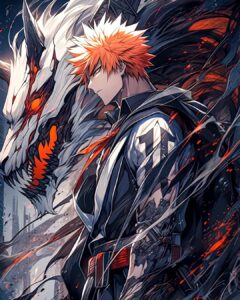
Ichigo Kurosaki’s anime body transformations in Bleach are both visually striking and narratively significant. His most notable transformation occurs when he taps into the power of his Hollow form. This change alters his appearance, with his body becoming more muscular, his eyes changing, and a white mask covering part of his face. This transformation enhances his strength dramatically and allows him to access new abilities, but it also comes with the risk of losing control to his darker side.
Ichigo’s Hollow transformation represents the internal conflict between his human side and the darker powers he must harness to protect his friends and family. It’s a constant battle to maintain balance, and each transformation serves as a reminder of the complexity of his character. His evolving anime body also reflects his increasing resolve to protect those he loves, even if it means confronting his own fears.
6. Saitama’s Power in One Punch Man
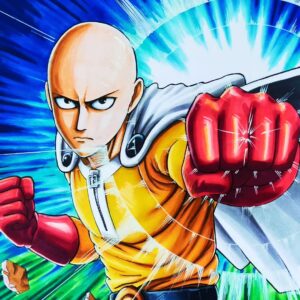
Saitama, the protagonist of One Punch Man, is unique because his transformation isn’t about physical changes in appearance or growing stronger over time. Instead, his transformation comes from his journey into a state of absolute power, where he can defeat any opponent with a single punch. Despite his overwhelming strength, Saitama’s body remains largely unchanged, which is a key aspect of the show’s humor and satire of traditional superhero tropes.
However, Saitama’s lack of visible transformation does speak to the theme of existential ennui. His anime body remains ordinary, but the sheer power he possesses reflects the emptiness that comes from being too strong. This inversion of the typical “transformation” trope presents a clever commentary on the nature of power and the pursuit of self-fulfillment.
7. Frieza’s Final Form in Dragon Ball Z
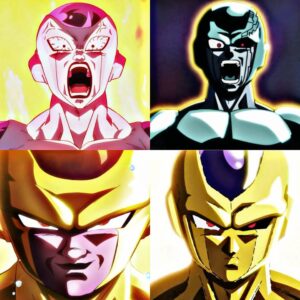
Another unforgettable anime body transformation is Frieza’s Final Form in Dragon Ball Z. While Frieza had undergone several transformations throughout his battle with Goku, his Final Form is perhaps the most iconic. His body becomes sleeker and more streamlined, indicating his true potential. This transformation is tied to his desire to prove that he is the strongest being in the universe.
Frieza’s transformation is important not only for its visual impact but also for how it marks a shift in his character. It represents his relentless ambition and desire to destroy, as well as the lengths he will go to achieve his ultimate goal. Goku’s subsequent ascension to Super Saiyan status during their fight represents the clash of ideals between the two characters and the culmination of their intense rivalry.
Conclusion: Anime Body Transformations as Symbols of Growth and Strength
The most iconic anime body transformations are far more than just physical changes; they serve as symbols of the characters’ growth, struggles, and triumphs. These transformations represent the moments when characters push beyond their limits, face their darkest fears, and ultimately evolve into stronger, more capable versions of themselves. Whether it’s a battle for survival, the pursuit of justice, or the quest for self-discovery, anime body transformations have the power to captivate audiences and leave a lasting impression. As anime continues to evolve, we can expect even more thrilling transformations that will continue to inspire and excite fans around the world.
